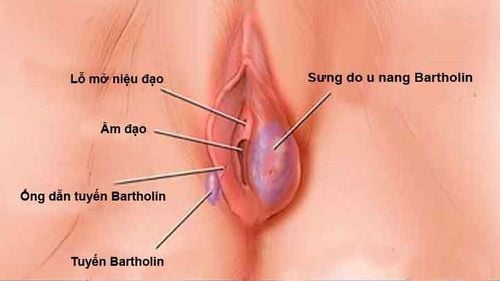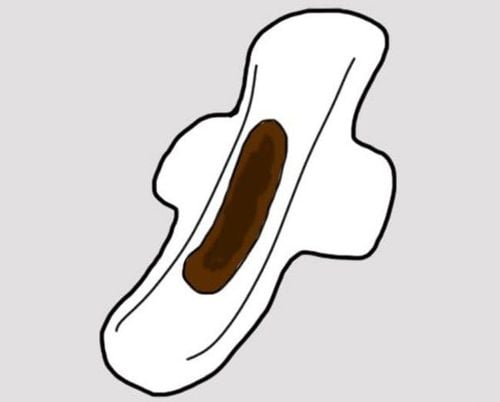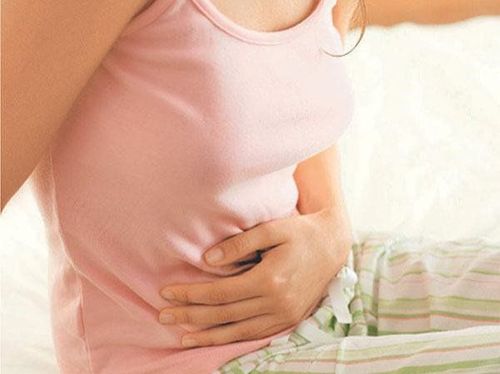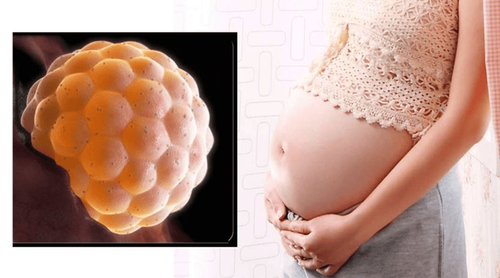This is an automatically translated article.
The structure of the uterus from the outside in includes three layers: the serosa layer, the muscular layer and the innermost mucosal layer. When the lining of the uterus is damaged, the uterine cavity sticks together and the uterine cavity narrows, called uterine adhesions. Uterine adhesions often occur in women who have had uterine interventions such as abortion, fibroid removal or long-term gynecological infections.
1. When is it necessary to dilate the uterus to place an anti-adhesive device?
Hysterectomy is a procedure to insert a dilator or suction tube into the uterine cavity, The purpose of the procedure is to separate the two fused surfaces and place an anti-adhesive device. Hysterectomy with non-adhesive device is indicated in the cases of women with uterine adhesions after aspiration curettage to narrow the uterine cavity or after removal of the IUD.
2. When is hysterectomy not allowed?
Do not perform hysterectomy to place non-adhesive devices when the patient is severely anemic, has underlying medical conditions such as diabetes, heart disease, blood disease, or the patient's weak physical condition does not allow the procedure to be performed. art.
3. How is hysterectomy with non-adhesive devices performed?
3.1. Prepare
The patient will be explained by the private doctor the reason for the hysterectomy and explained the procedure steps and possible complications during and after the procedure.
The doctor will examine the patient's physical condition (pulse, temperature, blood pressure) and order tests to screen for the condition.
The patient lies in the gynecological position and, if necessary, will be given a pre-anesthetic injection.
3.2. Consumables and tools
Consumables include antiseptic solution, antiseptic cotton or gauze, and paracervical anesthetic. The kit includes antiseptic forceps, vaginal valve, cervical clamp, uterine protractor, size 4.5 suction tube.
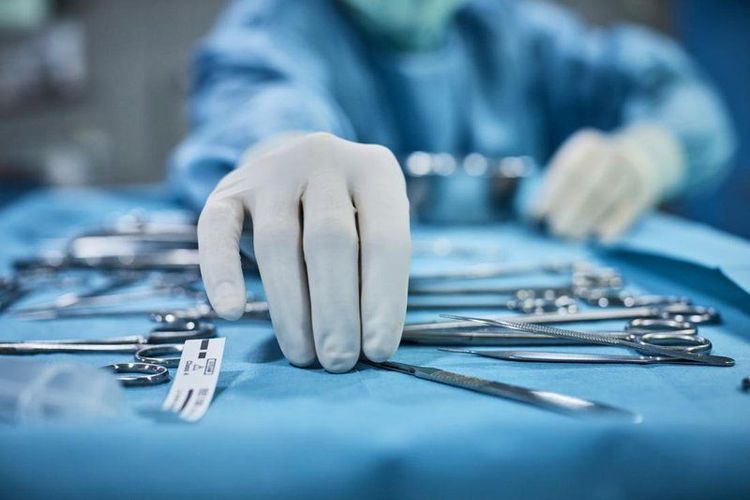
Thủ thuật nong buồng tử cung được thực hiện trong điều kiện vô khuẩn
3.3 Implementation steps
The procedure is performed by a doctor and there is a midwife (or nurse holding the valve. The procedure is performed in aseptic conditions, the doctor and nurse all wash their hands as prescribed, wear a shirt, wear a mask. , wear sterile gloves
Step 1: The patient is disinfected on the vulva and thighs After spreading a sterile cloth, the patient is disinfected on the vulva and vagina Step 2: Place the negative valve vagina: disinfect the vagina, disinfect the cervix The doctor clamps the cervix at 12 o'clock and numbs the side of the cervix. Step 3: Dilate the uterus with a suction tube from tubes 4 to 5, 6 or a Hegar dilator Step 4: Measure the height of the uterus again and place the IUD Step 5: Wipe and re-sterilize the vagina and cervix with a new antiseptic forcep Step 6: Remove the instrument At the end of the procedure, the doctor will discuss the results of the procedure with the patient, record the record. good recovery, appropriate treatment indications include antibiotics to To prevent infection and prescribe drugs to reduce uterine contractions.
4. Monitoring and handling
Patients after hysterectomy are monitored for their overall health including pulse, temperature, and blood pressure. At the same time, monitor uterine contractions and vaginal bleeding.
Although the hysterectomy procedure is quite safe and has few complications, however, the patient should be closely monitored and treated promptly if the following conditions are present:
When there is bleeding, it is necessary to check Check if the IUD is in the correct position. If there is no abnormality, continue using antibiotics and uterine inotropes. If bleeding is heavy and prolonged, proceed to remove the IUD. If the uterus is perforated, emergency surgery must be performed to handle it. If the IUD is retracted into the abdomen, a laparoscopic ring removal should be performed. In case the patient develops an infection after IUD insertion, antibiotics should be administered and the IUD removed. Hysterectomy is a fairly simple procedure, but to ensure safety and avoid dangerous complications, patients should choose reputable and specialized facilities to perform.
Follow Vinmec International General Hospital website to get more health, nutrition and beauty information to protect the health of yourself and your loved ones in your family.
Please dial HOTLINE for more information or register for an appointment HERE. Download MyVinmec app to make appointments faster and to manage your bookings easily.




